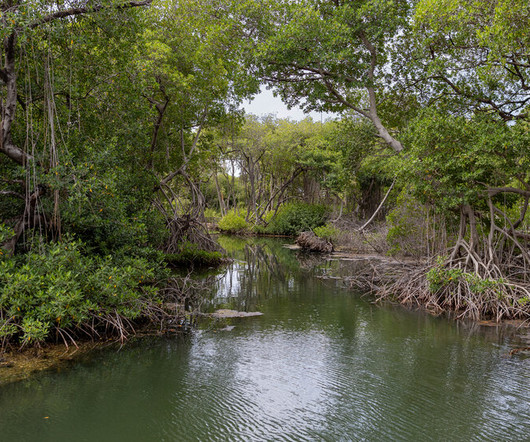UN Environment report says national GHG pledges only bring one-third of reductions needed for Paris Agreement
Green Car Congress
OCTOBER 31, 2017
Even if the current Nationally Determined Contributions (NDCs) are fully implemented, the carbon budget for limiting global warming to below 2 ˚C will be about 80% depleted by 2030. Given currently available carbon budget estimates, the available global carbon budget for 1.5 ˚C C will already be well depleted by 2030.











Let's personalize your content